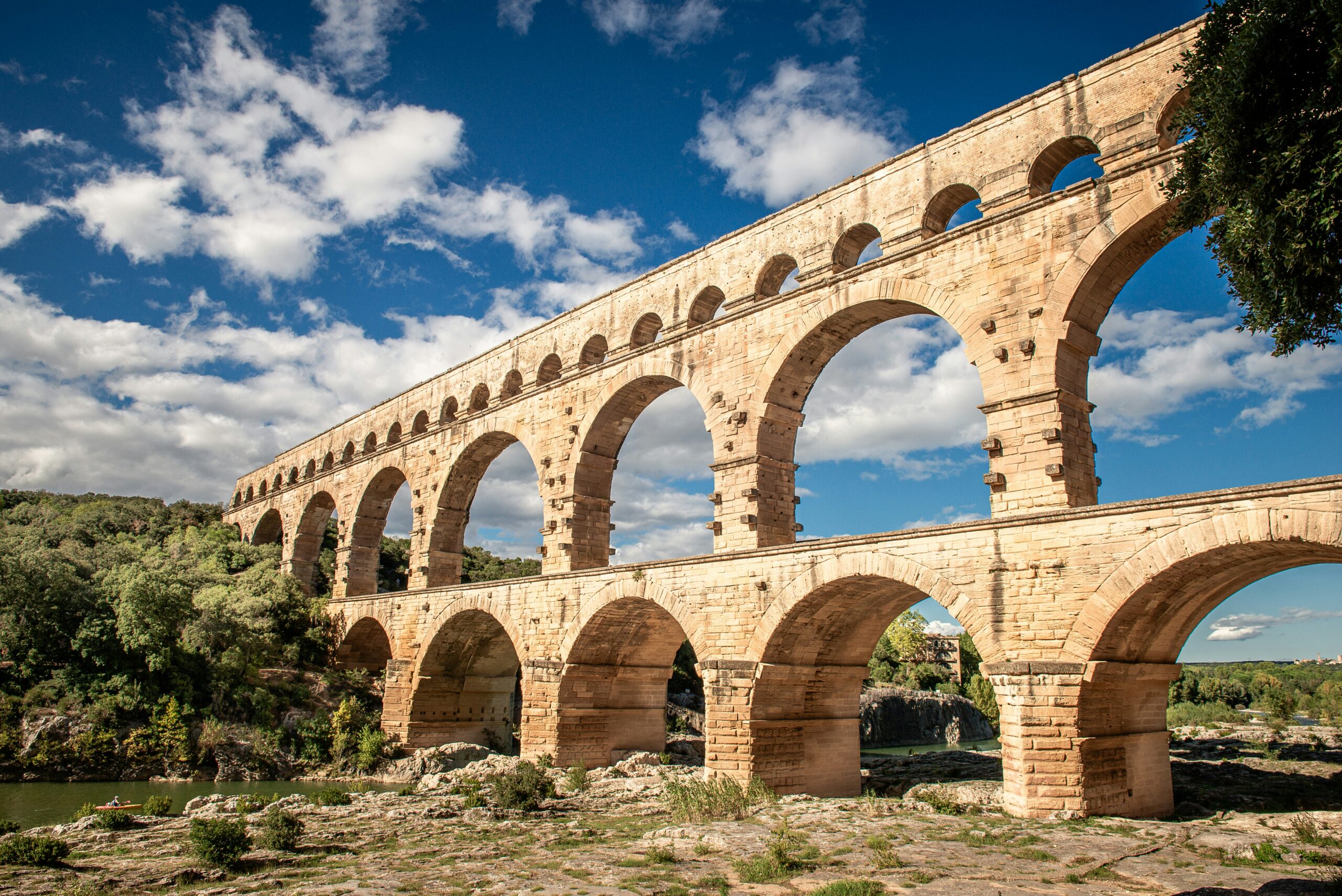We often talk about green cities as if they’re a futuristic dream, with vertical forests, sponge cities, and buildings that breathe. But what if this “new” vision is actually a very old one?
Long before climate change became a global concern and sustainability a buzzword, people were already building with nature in mind, not just beside it, or around it, but with it. And that’s where the story of Nature-based Solutions (NbS) begins.

Danial Hosseini – Researcher
Danial is a researcher in sustainable development and climate change, driven by curiosity about how societies navigate transitions toward more resilient futures. His work highlights the role of collaboration and collective learning, moving beyond traditional methods to embrace perspectives shaped by complexity and lived experience. He sees research not just as analysis, but as a shared process of discovery that connects people, places, and possibilities.
This article introduces a series of articles exploring how different civilizations, across time and geography, have designed urban environments that work with nature rather than against it. Each chapter will uncover historical examples of NbS in architecture and city planning, offering insights that are surprisingly relevant today.

Nature as a Design Partner
Nature-based Solutions are about more than planting trees or adding green roofs. They’re about using natural systems such as water cycles, vegetation, and soil to solve urban problems. Flooding? Restore a wetland. Overheating? Plant shade trees. Pollution? Let plants filter the air.
But here’s the twist: ancient civilizations were already doing this. They didn’t call it NbS, of course. They just called it living.
From stone aqueducts to mountain terraces, ancient civilizations made the landscape itself part of their design. The Romans mastered the flow of water, carrying it across valleys through towering aqueducts that fed fountains and cooled entire cities. Thousands of kilometres away, in the Andes, the Inca carved terraces into mountains, turning steep slopes into fertile steps that captured rain and nurtured crops. In Japan, houses breathe with the seasons, their sliding panels, deep eaves, and garden courtyards balancing light, air, and shade. These were not just aesthetic choices but quiet acts of intelligent architecture shaped by place and guided by nature.


What Changed?
Somewhere along the way, we lost that connection. The Industrial Revolution brought concrete, steel, and speed. Cities grew taller, denser, and more disconnected from the ecosystems they replaced. Nature became something to control and not collaborate with.
But now, as we face rising temperatures, floods, and biodiversity loss, we’re circling back. NbS is gaining traction not just as a design trend, but as a necessity. And it turns out, history has a lot to teach us.
Why Look Back to Move Forward?
Studying historical architecture through the lens of NbS reveals a legacy of ecological intelligence. These time-tested solutions offer valuable insights for contemporary urban challenges, especially as cities grapple with heat stress, flooding, and resource scarcity.
This series will explore how ancient, medieval, and early modern societies embedded nature into their cities not as decoration, but as infrastructure. Because maybe the future of sustainable cities isn’t just about innovation. Maybe it’s also about memory.

Let’s Rethink What’s “Natural”
Nature in cities doesn’t have to mean pristine parks or curated green spaces. It can be messy, adaptive, and deeply human. It can be a rooftop garden, a shaded alley, or a centuries-old irrigation system still doing its job.
So, as we imagine the cities of tomorrow, let’s not forget the cities of yesterday. They might just hold the answers we’ve been looking for.
Stay tuned for the next articles!
References:
- Mahmoud, I. H., Morello, E., Lemes de Oliveira, F., & Geneletti, D. (2022). Nature-based Solutions for Sustainable Urban Planning: Greening Cities, Shaping Cities
- Liu, Y., Zhao, J., Ikram, R. M. A., Tan, S. K., & Wang, M. (2025). Strategic Planning for Nature-Based Solutions in Heritage Cities: Enhancing Urban Water Sustainability. Water, 17(14), 2110
- Frantzeskaki, N., Kabisch, N., & McPhearson, T. (2019). Nature-Based Solutions for Urban Sustainability. Routledge
- Ronchi, S., & Salata, S. (2022). Insights for the Enhancement of Urban Biodiversity Using Nature-Based Solutions: The Role of Urban Spaces in Green Infrastructures Design
- Nature-Based Solutions for Urban Renewal in Post-Industrial Cities (2024)